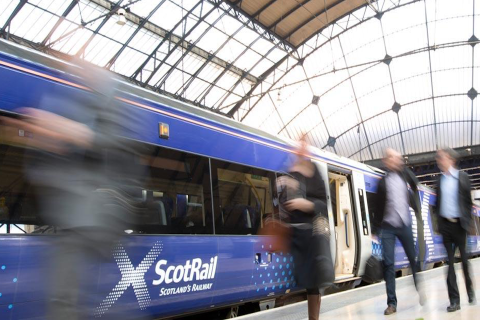Getting rail emissions to zero

Rail is already the least emissions-intensive mode of transport, but the European goal is to get to net zero by 2050. How can railways get to this goal?
Want to read more?
You have read all of your free premium articles for this month. Please become a subscriber to keep reading.
Subscribe now!
Take advantage of our exclusive offer to get full access to all premium content.





Sub optimal is not optimal…
For max benefitting of unique advantages of railways, regrettably current electrification urgently has to be shifted, to a redundant, a safe!
(All vitals of society have to prove redundant and clients of railways do not afford any transit service, but safe, thus punctional.)
Other modes those robust and redundant upgrade for lower costs – and for ware owners, clients, now risk of disturbance means costs, heavy costs.
No longer railways shall remain Weak Link!